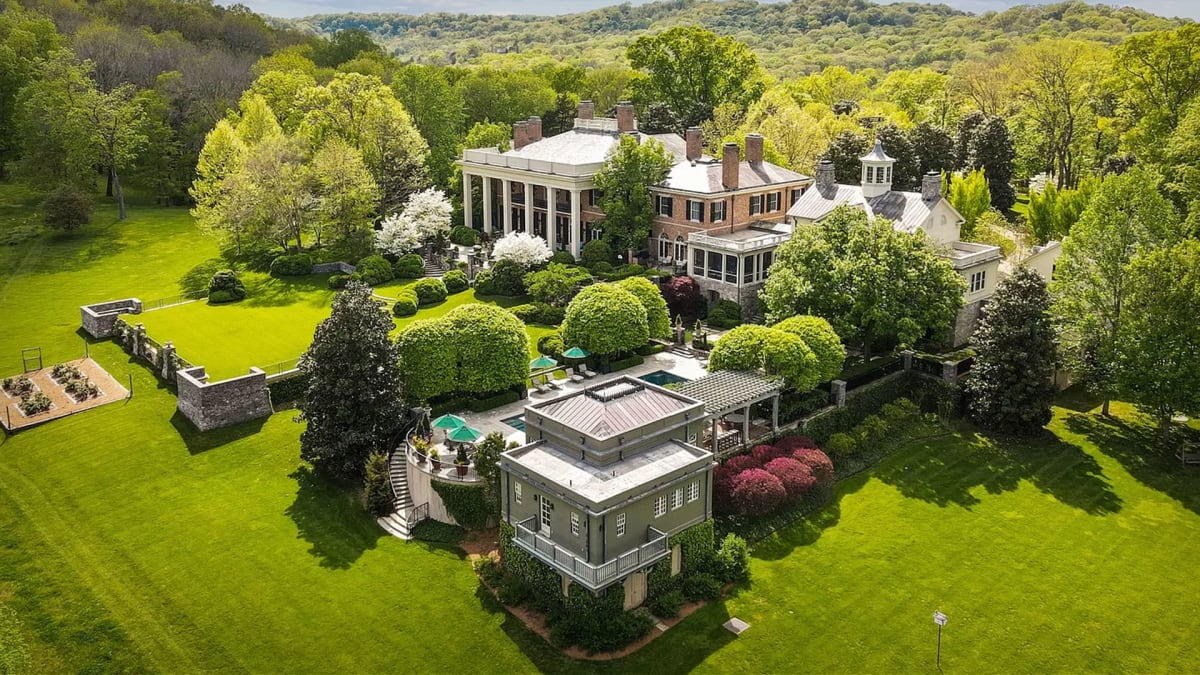
It’s no wonder younger Americans, many of them with good jobs and good incomes, feel the deck is stacked against them when it comes to home ownership.
Consider the average age of a U.S. homeowner is 46 – that’s up by 21.3% since 2001. Or that the average U.S. home down payment for a middle-class home is $63,000 in 2022 – up from $52,800 in 2021.
The economic environment surrounding home ownership is about the worst, if not the worst, in U.S. history.
“Gone are the days when a young couple can purchase their first home with an entry-level salary, and even further gone are the days when a one-income household could purchase a home,” said AXIA Partners Brandon Fugal. “Affordability is the primary reason younger people are struggling to buy a home, even though a large percentage of them would like to do so. Home prices have risen astronomically in the United States while the average wage has remained stagnant.”
Another primary reason that younger Americans can’t buy a home right now is geography-based.
“For younger Americans, certainly the older millennials that are making high-income jobs in San Francisco or New York City, the price of home ownership has become basically impossible,” said Rastegar Property Company chief executive officer Ari Rastegar.
Turning From Renter to Owner
Younger would-be homeowners have an uphill climb to buying a new home, but it’s not insurmountable. Take these tactics to the homebuying experience and get on the fastest path to home ownership.
Know the “dollar realities” involved in buying a home right now. Dollar-wise, there’s way more to saving for a home than you might think.
“You aren’t just saving up for a new home deposit, you’re saving up for an emergency fund, any repairs that need to be done, bills and utilities, taxes, and other big expenses, “ said Top Dollar blog founder Josh Dudick.
Making that initial step toward becoming a homeowner is going to be costly, and whatever your circumstances are, young buyers need to make a lifestyle change in order to save money.
“Whether this is little changes like going out to eat less, shopping at a different grocery store, or big changes like cycling to work each day, or not buying Christmas presents this year, you need a reality check when approaching home ownership,” Dudick said.
Think like an investor. Millennials and first-time homebuyers can get their foot in the real estate door by beginning to think like a Wall Street investor.
“Buyers need to shift their thinking when it comes to jumping into a “forever home” purchase that checks all twenty must-have boxes of their list,” said PunchList USA CEO Min Alexander.
Instead, prioritize current capabilities and what their bank account can handle in order to get into the market.”
“By investing in more low-maintenance properties such as condos or smaller, short-term properties, first-time homebuyers not only can safely enter the booming real estate market sooner, while also avoiding the money-pits and costly work most dream homes require,” Alexander said.
Emphasize affordability. Increasing one’s ability to afford a new home can happen in myriad ways.
“Focus on saving more money for your home down payment to offset the cost of your mortgage and monthly fee,” said Better Mortgage head of real estate Nick Taylor. “Also, taking advantage of newer mortgage products like 10-year adjustable-rate mortgages that lower your interest rate for a 10-year period, which allows you to increase your sale price.”
Additionally, consider purchasing homes that have a lower cost-per-square-foot (most often fixer-uppers) that can be renovated to a higher home value. “Think about having a live-in tenant to offset your monthly mortgage or considering fractional ownership with you and a relative or investor,” Taylor added.







